5 points to consider before considerations for designing museum display cases
Designing museum display cases.It’s important to ensure that cultural relics are properly protected and preserved while being exhibited.
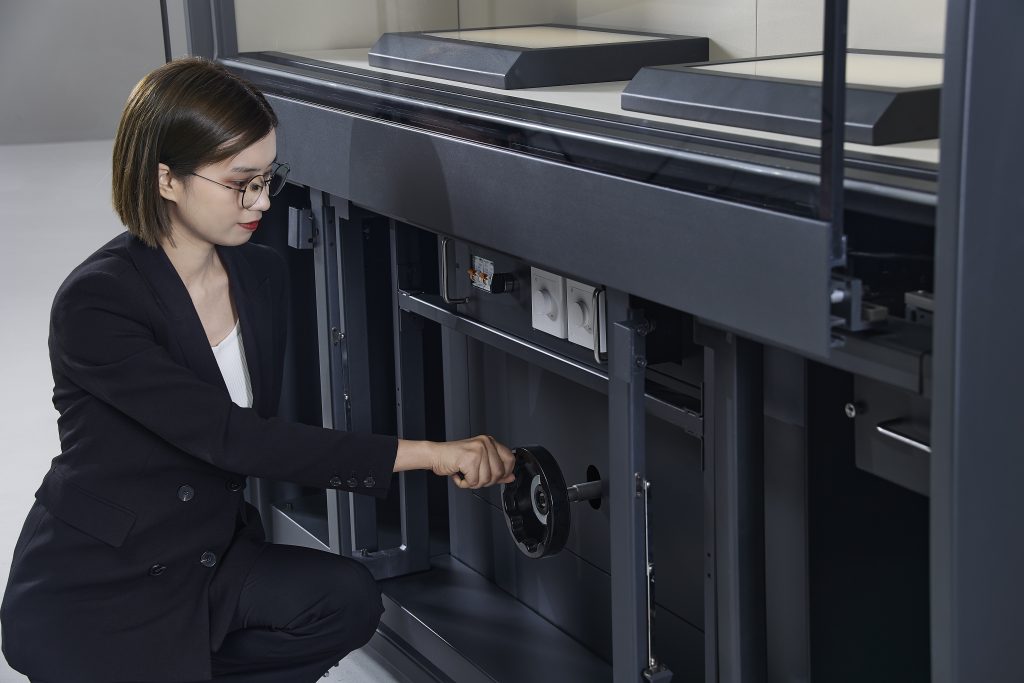
Temperature and Humidity:
Maintaining stable temperature and humidity levels within the display case is crucial to prevent damage to temperature-sensitive cultural relics. Unstable conditions can lead to wrinkling, deformation, cracking, and other detrimental effects.
Closure:
The display case should have good closure to control temperature and humidity, prevent dust, and keep harmful substances out. Ensuring airtightness helps maintain the purity of the air and protects the cultural relics inside.
Fire Prevention:
Fire prevention measures should be implemented throughout the museum, including exhibition halls and display cases. Display cases, in particular, need to be constructed with fire-resistant materials and equipped with appropriate fire extinguishing systems.
Lighting:
Proper lighting is essential for creating an effective display and showcasing cultural relics. Lighting should be adjustable to meet the specific requirements of different artifacts, allowing control over brightness, angle, and range. Uniform lighting that avoids glare is crucial for the preservation and presentation of the relics.
Accessibility:
The design of the display case should consider security and ease of access for exhibition arrangement, removal, artifact exchange, and cleaning. The height, width, and position of the exhibition door should be taken into account to ensure safe and convenient operations.
By considering these factors during the design of museum display cases, museums can provide a suitable environment for the preservation and exhibition of cultural relics, enhancing the overall visitor experience while ensuring the long-term protection of these valuable heritage items.
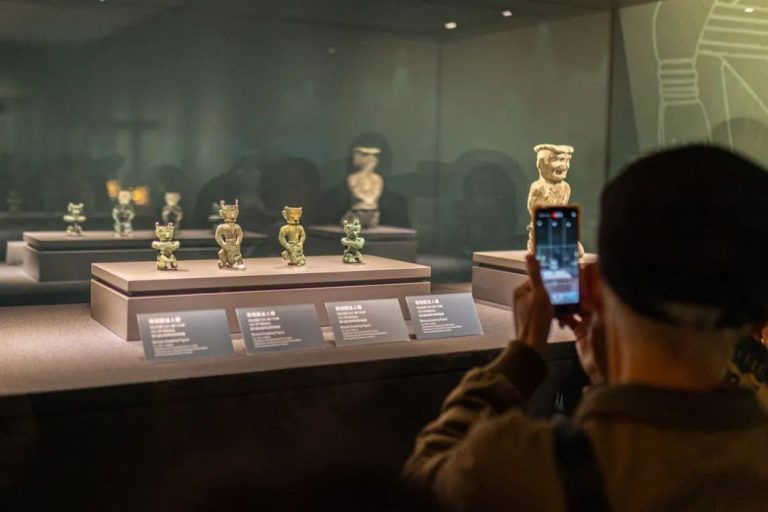
Museum Showcase Excellence: How Relicase Brought Ancient Shu Treasures to 300,000+ Visitors
Over 300,000 Visitors!Ancient Treasures of Shu Shine in Hengqin: The Mystique of Sanxingdui and Jinsha Captivates Audiences The special exhibition Ancient Treasures of Shu: Sanxingdui and Jinsha attracted more than 300,000 visitors, including nearly 60,000 from Hong Kong, Macau, and Taiwan, making up almost 20% of the total audience. On April 24, the three-month exhibition…
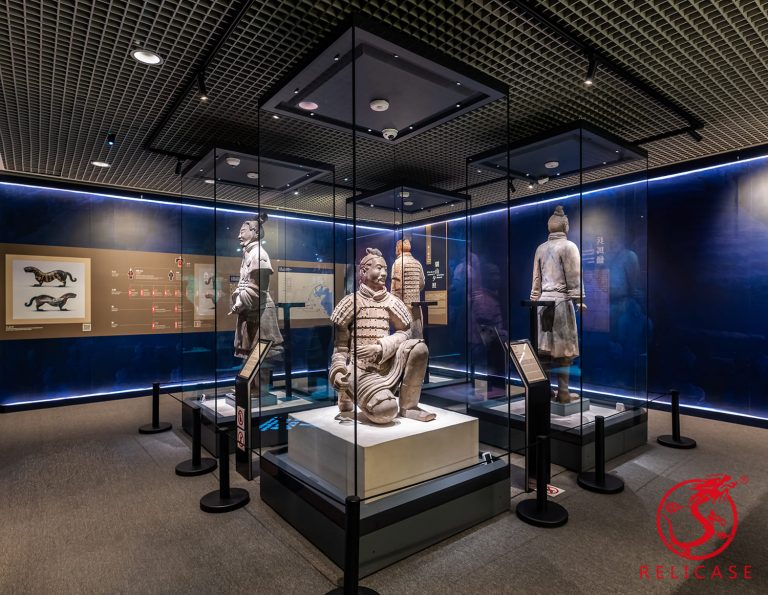
Relicase at Macau Museum: Safeguarding Heritage, Celebrating Legacy
Macau Museum: “Edification of the Masses — Cultural Treasures from the Zhou, Qin, Han, and Tang Dynasties” A Landmark Embraces Innovation The Macau Museum stands proudly atop the historic Mount Fortress, next to the famous Ruins of St. Paul’s. As an iconic symbol of Macau’s history and multicultural heritage, it now embraces the touch of…
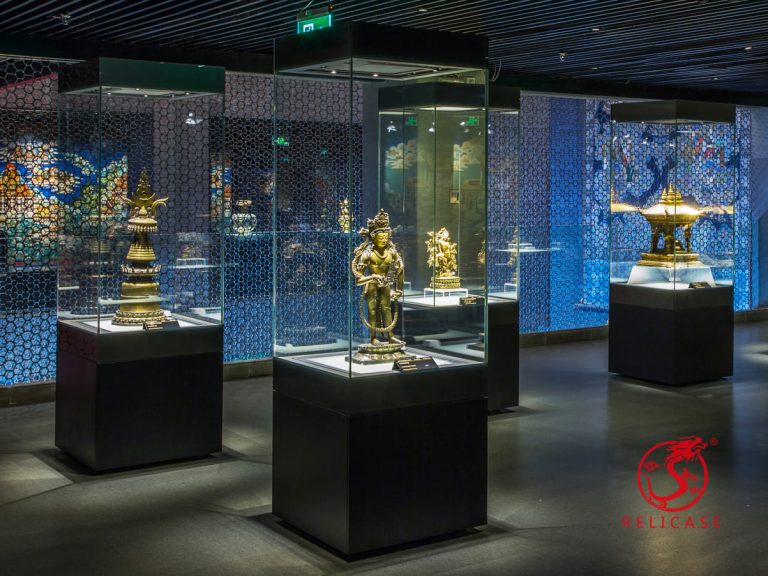
Potala Palace
Abstract On April 26, 2017, Relicase completed the showcase project for the Treasure Hall of the Potala Palace in Tibet. The Collections Hall spans three floors and is divided into two major sections, showcasing a total of 273 individual artifacts and replicas, as well as 155 sets of artifacts (or 159 sets, including 147 sets…
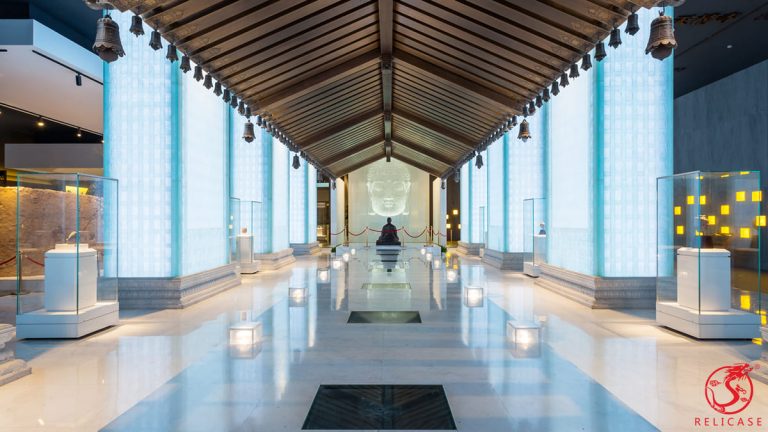
Porcelain Tower of Nanjing
Abstract The Porcelain Tower of Nanjing, named and constructed by Emperor Yongle of the Ming Dynasty to honor his parents’ boundless love and virtue, stands as a symbol of filial piety. Celebrated in Du Mu’s poetic lines, “Four hundred and eighty temples of the Southern Dynasties, how many pavilions linger in the mist and rain,”…
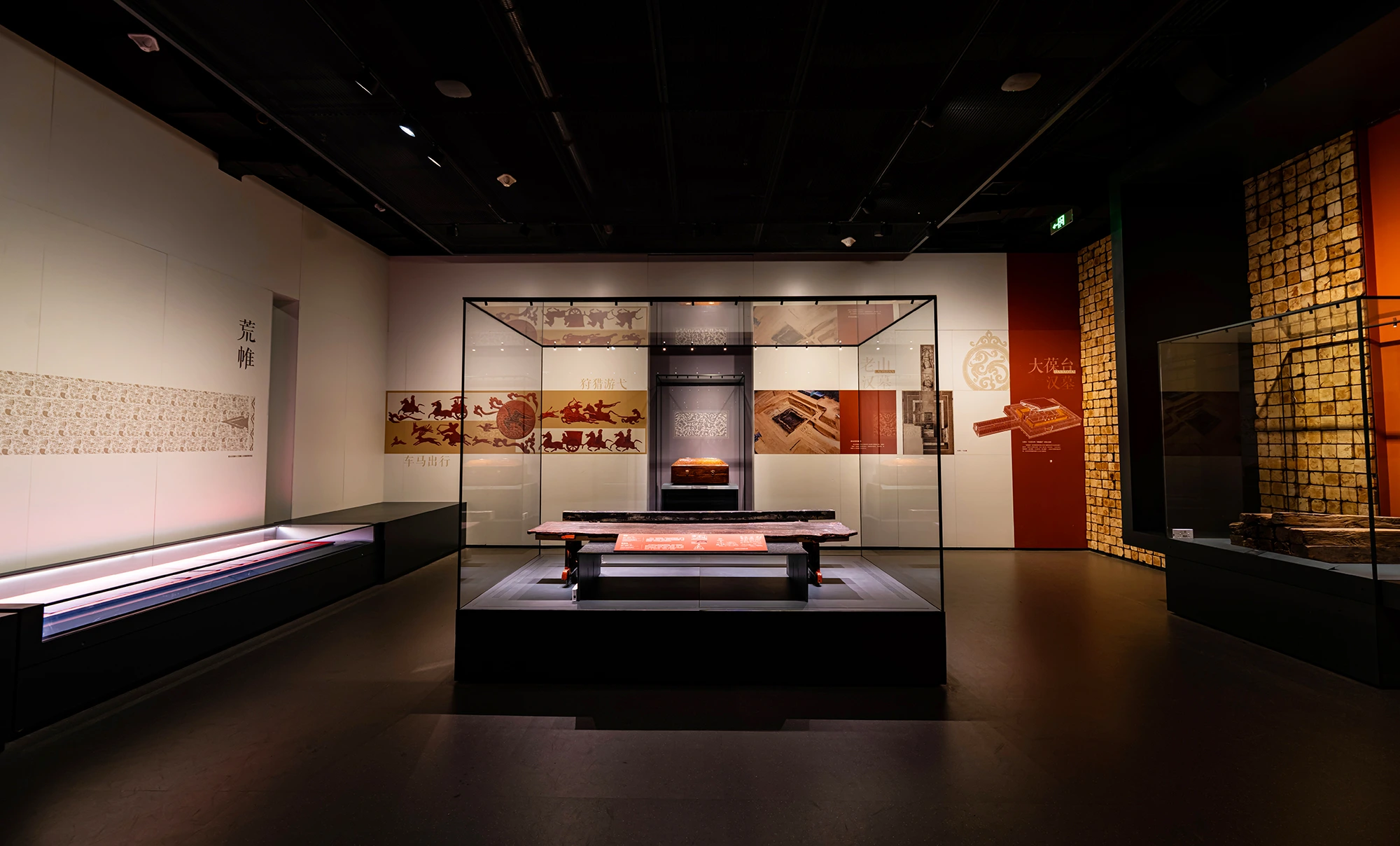
The basic guide to Museum Showcase Glass
As museums continue to modernize, the glass used in display cases has undergone a remarkable transformation to meet ever-evolving requirements for safety, visibility, and artifact preservation. The shift from basic transparent materials to specialized, high-performance glass highlights the strides made in exhibition technology. The Journey of Museum Showcase Glass Historically, glass in museum showcases was…
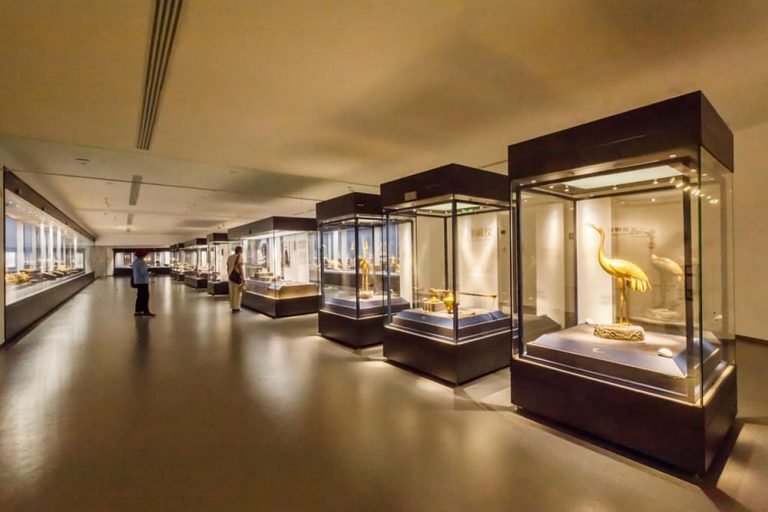
How to Design Lighting for Museum Display Cases
Museum display cases are freestanding, touchable structures. To comply with engineering safety standards, the lighting inside these cases should operate on low-voltage input. Relicase, in line with national standards, ensures the display cases they manufacture meet the following specifications: 1. Protective or isolating measures must be in place between the lighting fixtures and the display…
